With the ongoing surge of biopics, it has become very obvious how important details are when it comes to transporting audiences to forgotten eras. The importance of historical accuracy, set and costume design, and the overall atmosphere cannot be understated in terms of believability. When done thoughtfully, historical TV and its intricacy fully immerses viewers into times that they would otherwise not think about.
In addition to immersion, historical television has the ability to shift viewer perspectives and extract the humanity (or lack of) in historical scenarios and norms. With this in mind, attention to detail is by far one of the most essential aspects in the genre, making it even more important to recognize shows that are loyal to their portrayals.
10 Brideshead Revisited (1981)
Based on the novel by the same name, Brideshead Revisited reveals the lives and class disparities of those who find themselves visiting or residing in Brideshead Castle during the 1920s and through WWII. The story follows Charles Ryder, played by Jeremy Irons, as he becomes close to Sebastian Flyte, who is one of the heirs to the Brideshead estate. Charles becomes completely wrapped in the family affairs, particularly the overwhelming sadness that haunts the Flyte family, despite their wealth. As the men grow together, the drama unfolds as their lives take starkly different turns and Charles is left to navigate through love, addiction, and financial burdens.
Brideshead Revisited’s Loyalty Is Unmatched
Brideshead Revisited remains completely faithful to the original book by Evelyn Waugh. From mannerisms to nondescript details, viewers who love the original story will no doubt enjoy the show’s accuracy. A key piece of this is Sebastian’s teddy bear, which slowly reveals his loss of shelter and innocence despite his unbelievably wealthy circumstances. With everything shot on location and real estates, the oppulence easily pulls audiences into the 1920s and through the show’s shift to the 1940s.
9 Peaky Blinders
Peaky Blinders
A British ganagster saga set in 1919 post-war Birmingham. Cillian Murphy is Thomas Shelby, leader of the most feared and powerful local gang, the Peaky Blinders. Named for their practice of sewing razor blades into the peaks of their caps, they make money from illegal betting, protection and the black market. But when a crate of guns goes missing from an arms factory, their battle-hardened leader recognizes an opportunity to move up in the world.
- Release Date
- September 12, 2013
- Seasons
- 6
Peaky Blinders is a perfectly gritty interpretation of the real Birmingham youth gang. The real Peaky Blinders gang had a reign in the 1870s, while the show takes place in the 1920s. Peaky Blinders may heavily depart from the true history of the gang, but it delivers regarding 1920s period accuracy in its themes, script, and design. The show revolves around Thomas Shelby’s place as the head of the gang and the turmoil that arises from both his family and enemies.
Peaky Blinders Goes All Out With Atmosphere
With incredible performances and historical tensions woven with an impressive script, Peaky Blinders perfectly captures the essence of an industrialized 1920s Birmingham. Within its first episode, Peaky Blinders is able to almost instantly characterize the unrest of the time in a post-war Britain, including the communist undercurrent that gained traction in Birmingham. With a script and actors that perfect the Brummie cadence, it is natural for viewers to become hooked on the show’s attention to all the gritty details of the environment.
8 Chernobyl
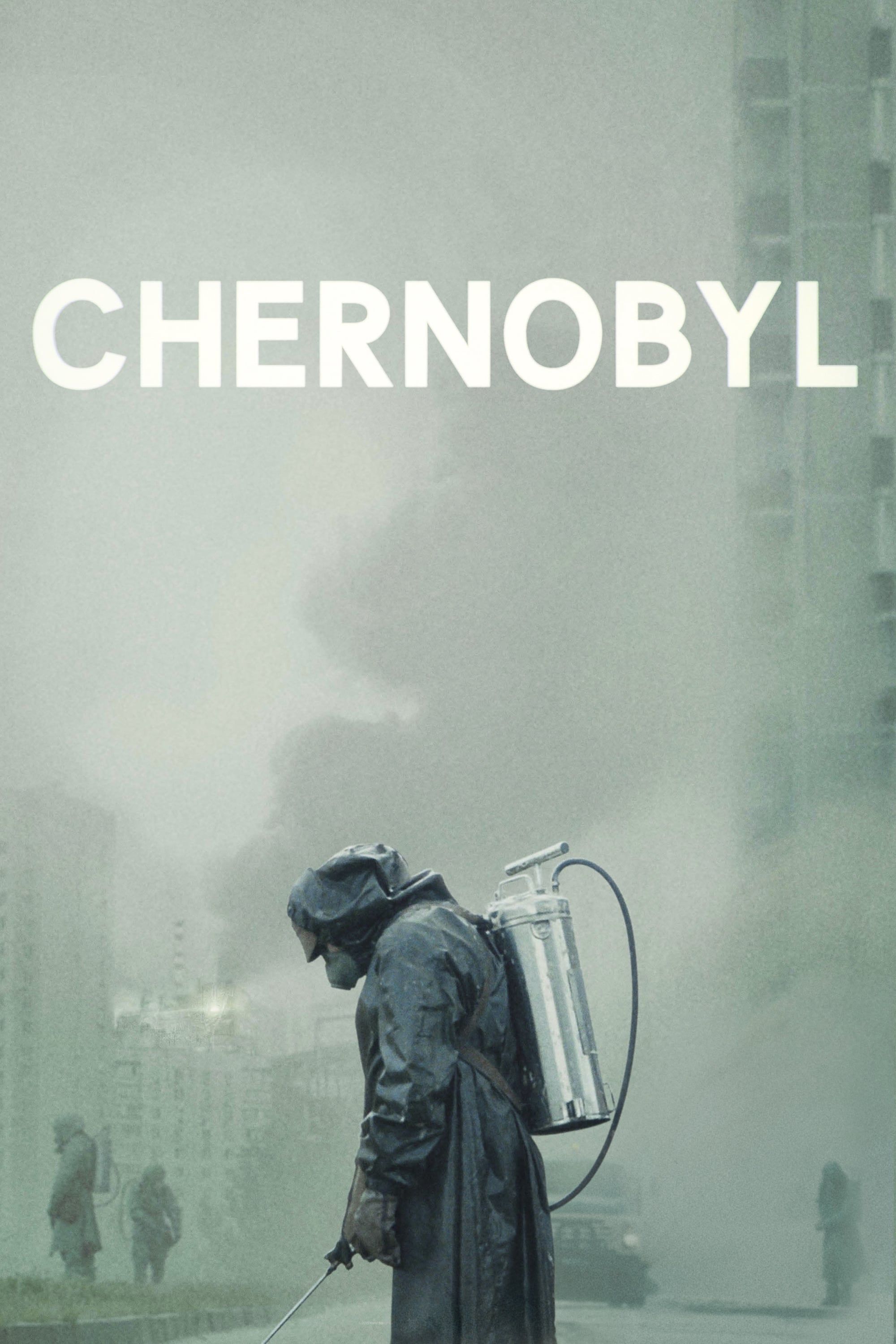
Directed by Johan Renck, Chernobyl is a miniseries that delves into the Soviet Russian nuclear disaster at Chernobyl in what is now Ukraine. Though some liberties were taken in this fictionalized account of the nuclear disaster, the show still amazingly represents the atmosphere of the time, specifically the tension between scientists, health officials, and Soviet leaders, as every attempt was made to neutralize the global impact of the disaster and downplay the effects it caused in order to save face.
Chernobyl Handles History with Care
For the majority of Chernobyl, it is an extremely accurate representation of the disaster, and the show delves into real experiences and injuries from the radiation, even if under the guise of a few fictional characters that represent the masses. Moreover, the show focuses on the trial that was often swept under the rug after the initial disaster, revealing the gruesome outcomes for many of the citizens of the area, first responders, and ultimately the vast amounts of scientific voices that were either ignored or silenced. Chernobyl‘s use of real recollections in its writing makes for an enthralling look into the disaster and of the ultimate dissolution of the Soviet Union due to Chernobyl.
7 Alias Grace
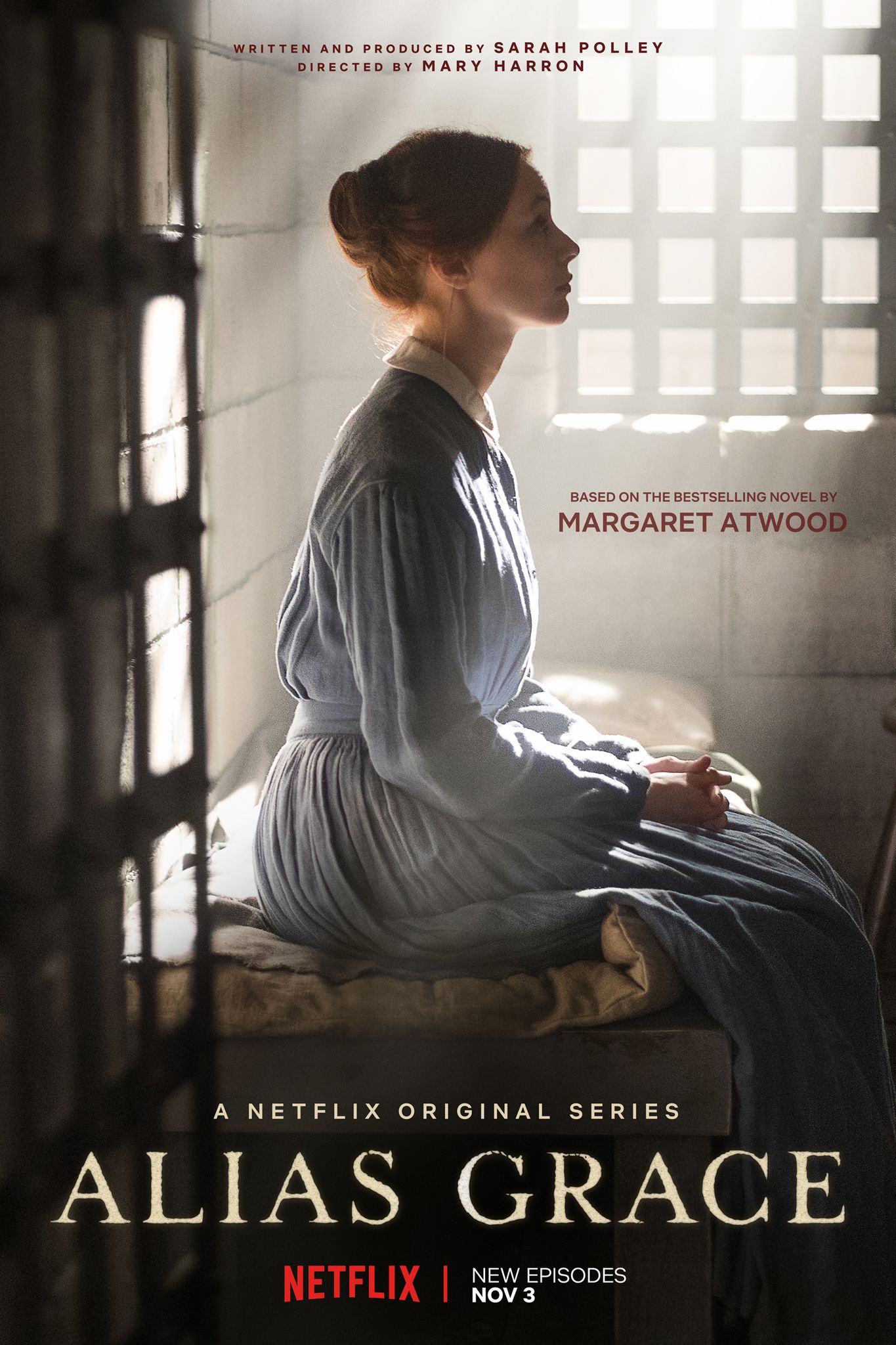
Directed by horror icon Mary Harron, Alias Grace is a riveting crime drama based on the Margaret Atwood novel of the same name. The show unravels the housemaid, Grace, as she is convicted of murdering her employer and his housekeeper. The lines between fiction and truth in her story begin to blur as she is analyzed by Dr. Jordan, a psychologist. Reminiscent of The Handmaid’s Tale and The Crucible, Alias Grace brilliantly explores status, feminism, and mental health, while still being an intense story of suspense and murder.
Alias Grace Is Based On a True Story
Margaret Atwood based the story off the real murder of Thomas Kinnear and his housekeeper. The nature of power dynamics and feminity are a massive part of what was taken from the real murder, and the show expertly analyzes how abuse from the men in her life and Graces’s status as a housemaid and woman got her into the hysterical state she finds herself in. These details ensure the show’s impact beyond just a crime drama, but as a statement of what it means to be a woman throughout history and particularly in a courtroom.
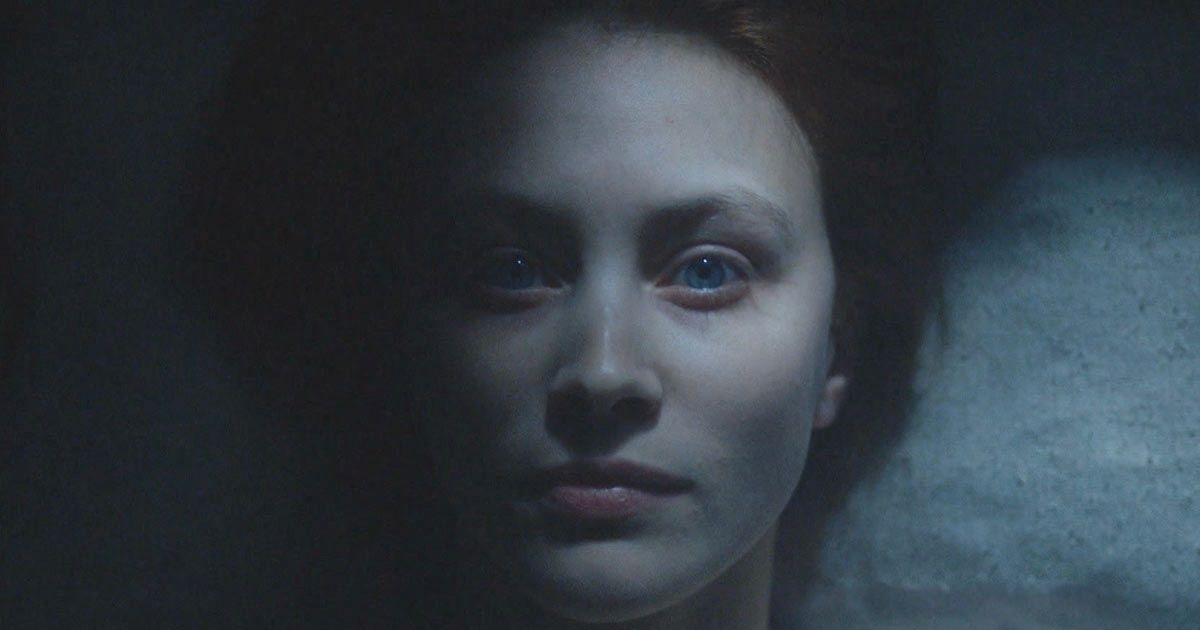
Related
Alias Grace: Why This Lesser-Known Margaret Atwood Adaptation Deserves More Love
Although it got lost in the shadow of The Handmaid’s Tale, Alias Grace deserves equal attention. Here’s why you should watch the Netflix series.
6 Boardwalk Empire
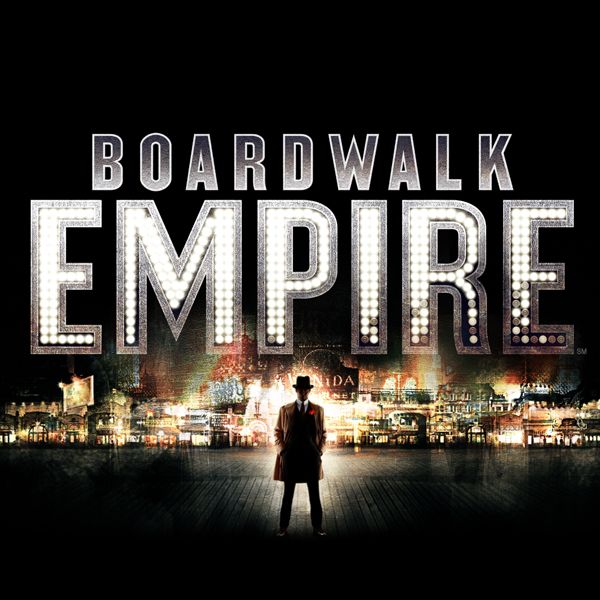
Starring Steve Buscemi, Boardwalk Empire is a show that reveals the prohibition-era organized crime that plagued Atlantic City, New Jersey. Played by Buscemi, Nucky Thompson is both a politician and an alcohol dealer who rubs elbows with gangsters like Al Capone. Though the main characters are fictional, the show still incorporates the very real essence of Atlantic City and the crimes that happened during prohibition, and Boardwalk Empire includes cameos from infamous gangsters like Capone. Although the motives are fictionalized, the main events of the show are often historically accurate, and it reveals the dangers that arose after the Volstead Act.
Boardwalk Empire Is a Beautifully Flashy and Gruesome Depiction
Boardwalk Empire is definitely not as historically accurate as the other shows on the list, due to its main cast being fictional characters, but the series still values the aesthetics of the times and the growth of corruption in an industrial age and an alcohol ban. Boardwalk Empire does a fantastic job of building a story around the monopolies that were all too common in the 1920s. Outside its effort at portraying historical significance, Boardwalk Empire has impeccable production and costume design, which shows off the overall optimistic outlook of the Roaring ’20s along with the economic downfall going into the 1930s with white and gold dresses, flashy makeup, and, of course, the sparkling lights of Atlantic City’s boardwalks.
5 Mindhunter (2017)

Based on former FBI agent John E. Douglas’s book of the same name, Mindhunter explores the FBI Academy’s Behavioral Science Unit as agents Holden Ford, Bill Tench, and psychologist Wendy Carr investigate some of the most infamous serial killers in order to prevent future crimes. Mindhunter is an interesting look into the beginnings of criminal psychology and the psyche of real serial killers.
Mindhunter’s Strength Lies in Character Development and Casting
Though Holden Ford and his crew are fictionalized, they are based on real agents, including John E. Douglas’s own experiences within the FBI. Mindhunter uses these real events and insights to highlight the blurred lines between their professional and personal lives as the agents dive into the minds of serial killers like Charles Manson and Edmund Kemper. Other than the show’s depiction of criminal psychology, the stark resemblance the actors have with the original killers solidifies this show’s attention to detail.
4 American Crime Story (2016)
An additional installment to the American Story franchise, American Crime Story is a brutal anthology series that covers the trial of O. J. Simpson, the murder of Gianni Versace, and its most recent season focused on the Clinton-Lewinsky scandal. Created by the masterful Scott Alexander and Larry Karaszewski, the series does an impeccable job of creating drama based on unbelievable, but entirely true facts.
American Crime Story Is Unbelievably True
The series gives audiences a comprehensive, yet riveting, breakdown of each of the seasons’ scandals by unearthing little-known facts about the cases they cover, and real recreations of the media frenzy that followed cases like the O. J. Simpson trial and Clinton’s alleged affair with Monica Lewinsky. American Crime Story reveals the deeply personal and true stories that often get lost within the media as the chaos of these events progresses. With incredible performances as well, American Crime Story sheds even more humane light on the popular scandals.
3 Deadwood (2004)
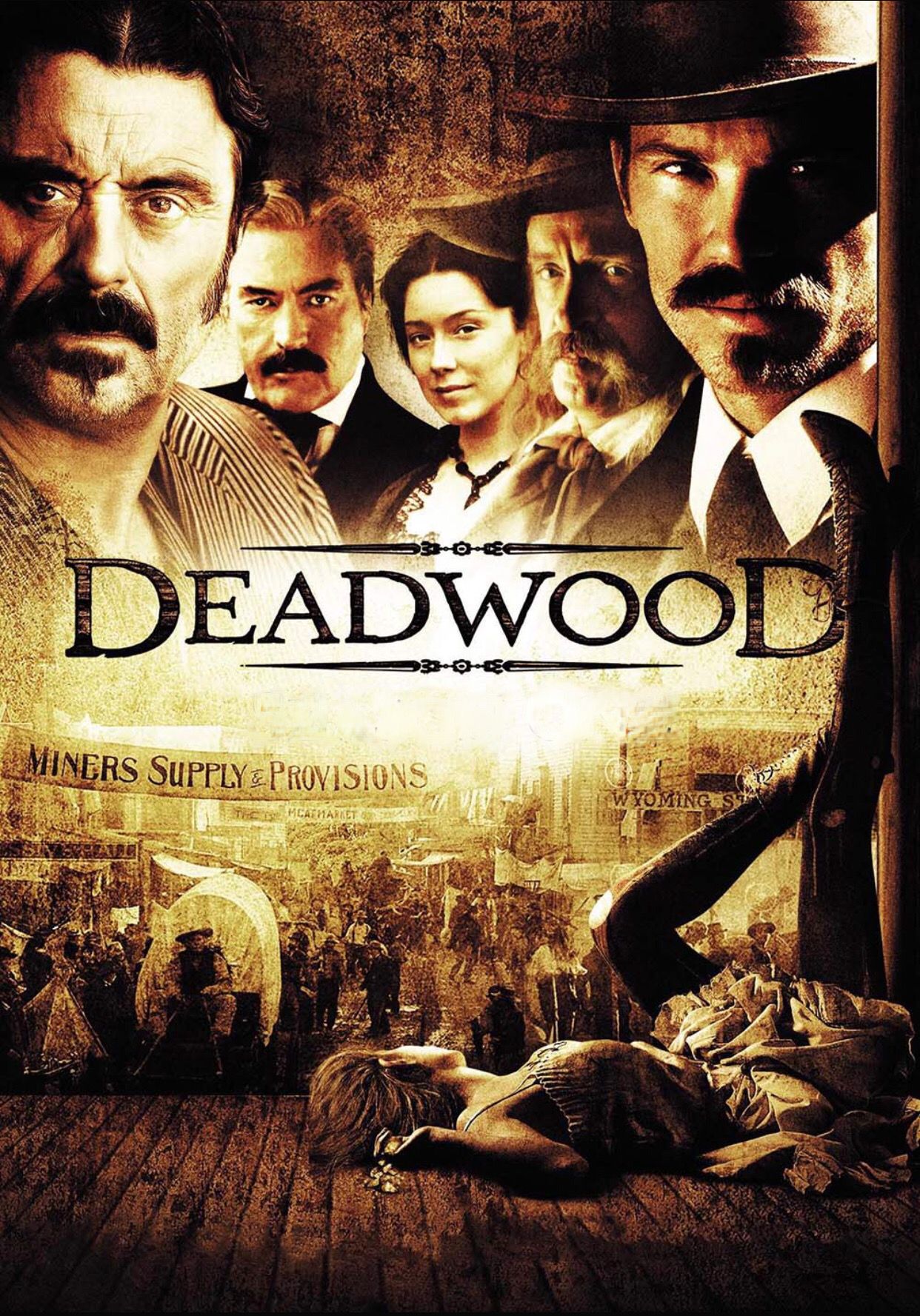
Deadwood
- Release Date
- March 21, 2004
- Seasons
- 4
Written by David Milch, Deadwood depicts a technically lawless town after its annexation from the U.S. Though a blend of history and fiction, the series reveals the massive appeal gold had during the 1870s, the lawlessness of the American Frontier, and the moral ambiguity that comes with those searching for wealth and power in such a lawless land and building civilization.
Deadwood Uses Real Frontiersmen
The show is based on the very real frontiersmen, Seth Bullock and Al Swearengen in their effort to gain power and build up the town of Deadwood. Along with the show’s representations of the men, Deadwood also includes real places in the South Dakota town, like the now burned Gem theater, which was a massive source of income and crime both in history and in the show. The connection between the real city of Deadwood and the show adds to Deadwood‘s impact and its ability to reveal the consequences of the Gold Rush and Manifest Destiny.
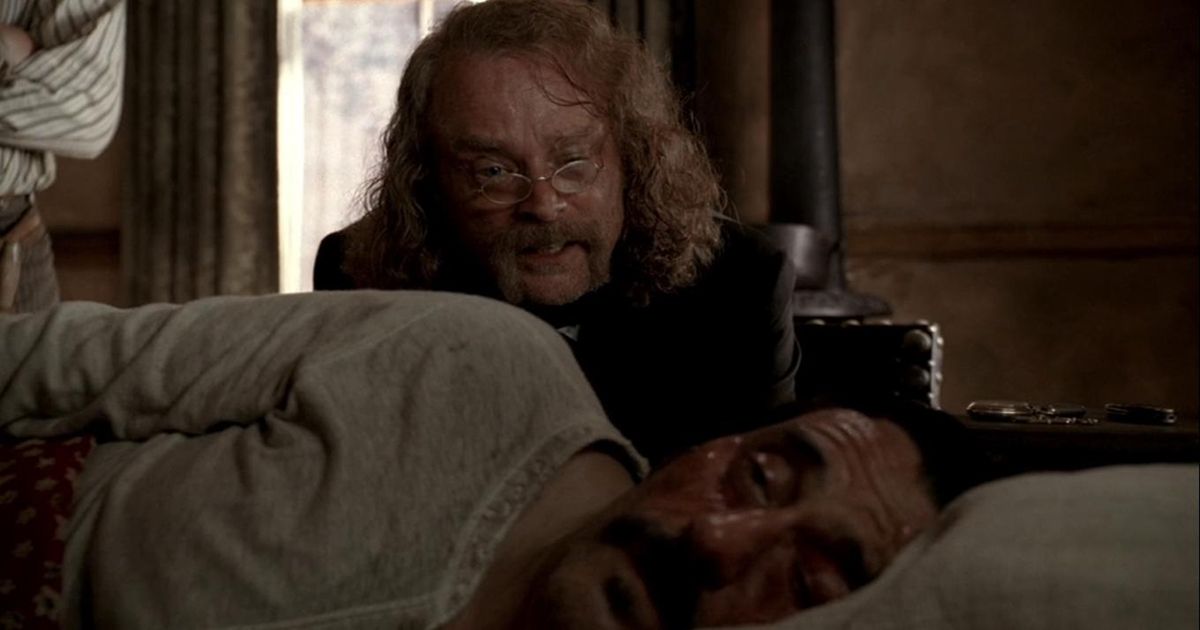
Related
Deadwood: The Best Episodes, Ranked
Deadwood is anything but dead, as it’s filled with life on how a civilization blossomed.
2 Call the Midwife (2012)
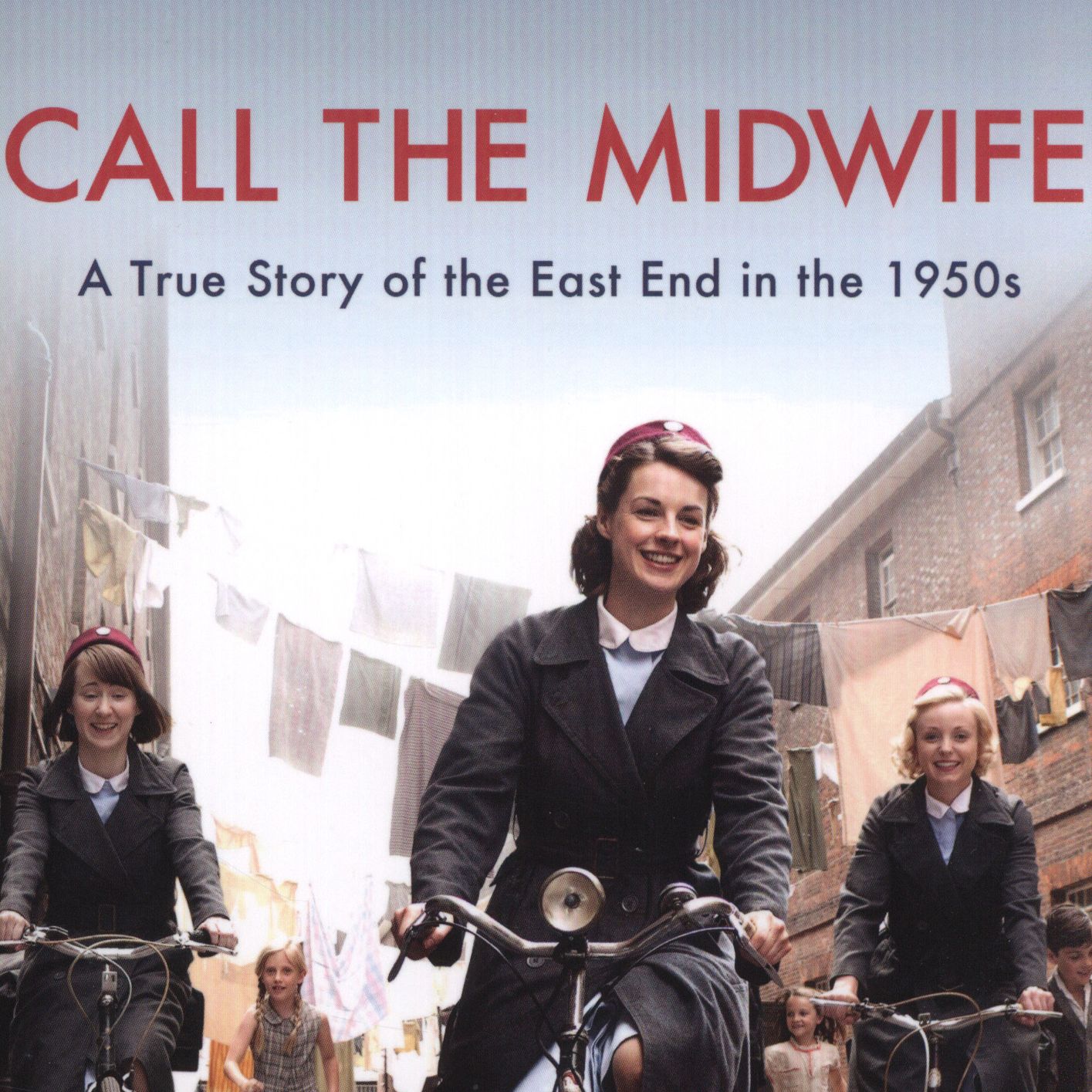
Adapted from Jennifer Worth’s memoirs, Call the Midwife goes into midwifery in 1950s East End London. By visiting a variety of mothers with different circumstances, the midwives and nuns reveal the show’s themes of what it means to be a woman as well as the medical and familial challenges seen in the 50s, where the nuclear idea of a family was still the expectation.
Call the Midwife’s Foundation Is Real People
Though fictionalized with a rotating cast of midwives and nuns, the show thrives on community stories from the East End. The Poplar community itself loves the show’s representation of the nuns and midwives that helped generations of struggling women give birth in the East End, despite their own struggles outside their profession. Call the Midwife also depicts accurate birthing scenes and medical equipment that would’ve been used in lacking conditions. Continuing to air until at least 2026, the 13 season show continues to show the solidarity of the East End community and the overall progression of women’s healthcare.
1 The Queen’s Gambit (2020)
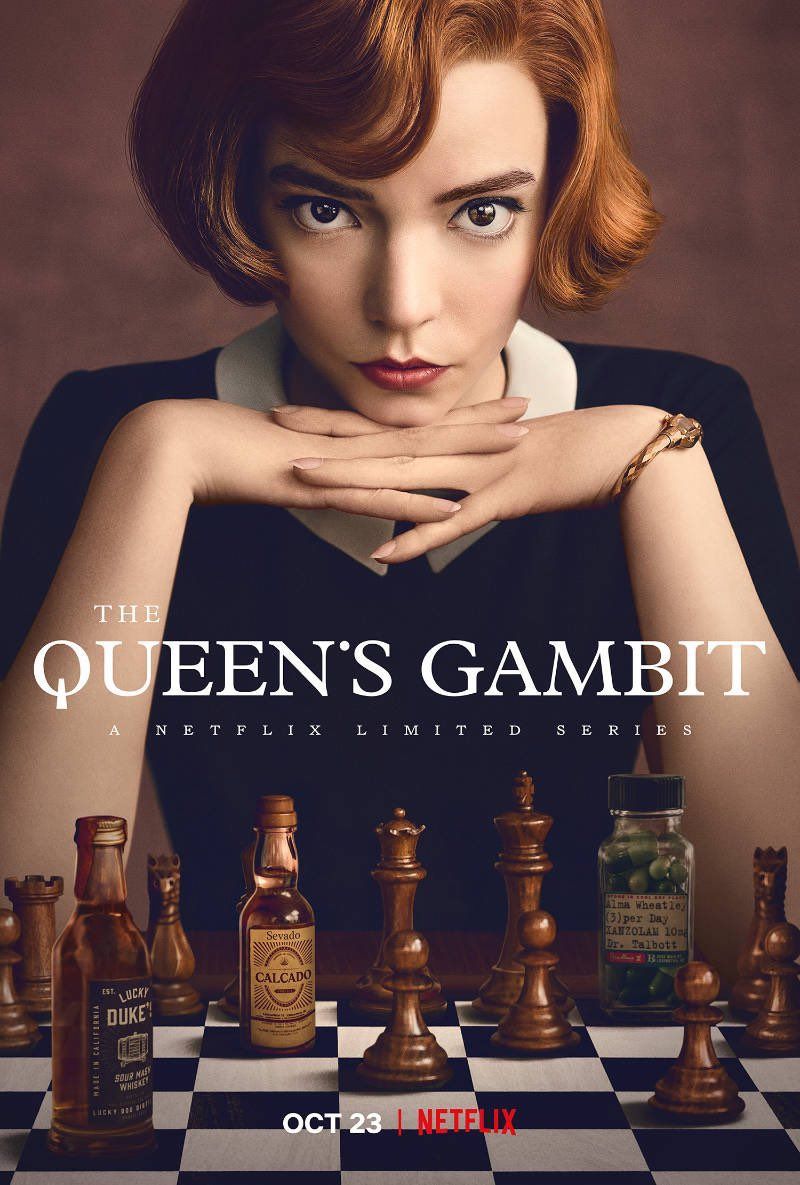
Adapted from the novel of the same name by Walter Tevis, The Queen’s Gambit is a gripping story filled with commentary on feminism, addiction, and obsession with the background of the Cold War Era. The story follows chess prodigy Beth Harmon, played by Anya Taylor-Joy, as she works her way against male competitors towards becoming a world champion in chess. Beyond physical victory, Beth Harmon goes through a personal transformation as she works to move past her own obstacles and perfectionism.
The Queen’s Gambit Has Layers of Detail
While balancing the personal struggles Beth Harmon faces as well as the sexism she receives from some of her fellow players, The Queen’s Gambit crew consulted chess experts, including former world chess champion, Garry Kasparov. The historical accuracy in its atmosphere in conjunction with real chess moves and games reveals a deeply complex show that prides itself on its details beyond the overall plot.



